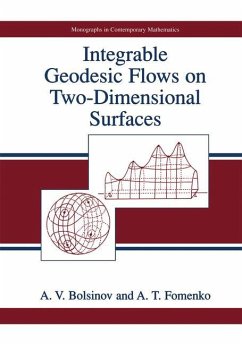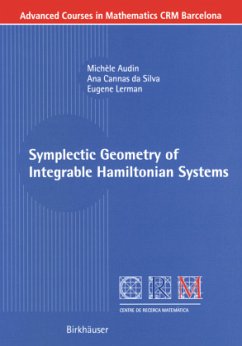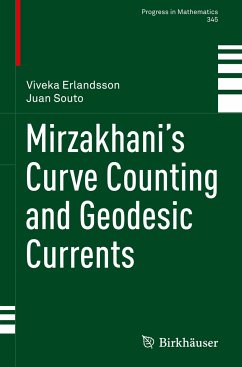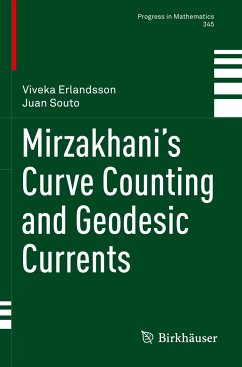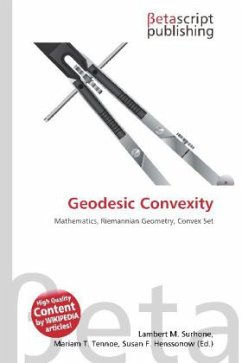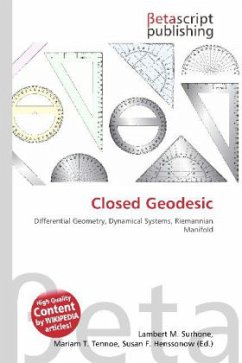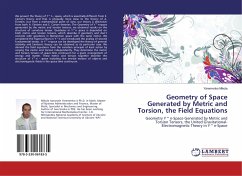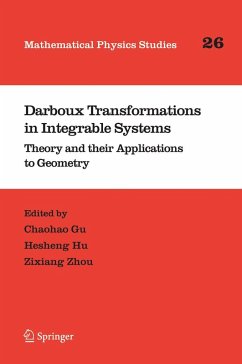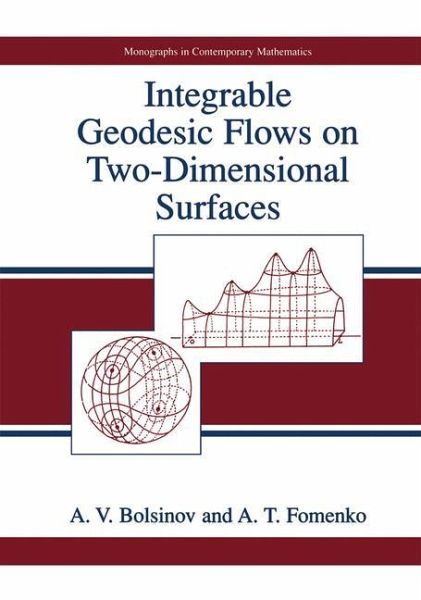
Integrable Geodesic Flows on Two-Dimensional Surfaces

PAYBACK Punkte
96 °P sammeln!
Geodesic flows of Riemannian metrics on manifolds are one of the classical objects in geometry. A particular place among them is occupied by integrable geodesic flows. We consider them in the context of the general theory of integrable Hamiltonian systems, and in particular, from the viewpoint of a new topological classification theory, which was recently developed for integrable Hamiltonian systems with two degrees of freedom. As a result, we will see that such a new approach is very useful for a deeper understanding of the topology and geometry of integrable geodesic flows. The main object t...
Geodesic flows of Riemannian metrics on manifolds are one of the classical objects in geometry. A particular place among them is occupied by integrable geodesic flows. We consider them in the context of the general theory of integrable Hamiltonian systems, and in particular, from the viewpoint of a new topological classification theory, which was recently developed for integrable Hamiltonian systems with two degrees of freedom. As a result, we will see that such a new approach is very useful for a deeper understanding of the topology and geometry of integrable geodesic flows. The main object to be studied in our paper is the class of integrable geodesic flows on two-dimensional surfaces. There are many such flows on surfaces of small genus, in particular, on the sphere and torus. On the contrary, on surfaces of genus 9 1, no such flows exist in the analytical case. One of the most important and interesting problems consists in the classification of integrable flows up to different equivalence relations such as (1) an isometry, (2) the Liouville equivalence, (3) the trajectory equivalence (smooth and continuous), and (4) the geodesic equivalence. In recent years, a new technique was developed, which gives, in particular, a possibility to classify integrable geodesic flows up to these kinds of equivalences. This technique is presented in our paper, together with various applications. The first part of our book, namely, Chaps.





